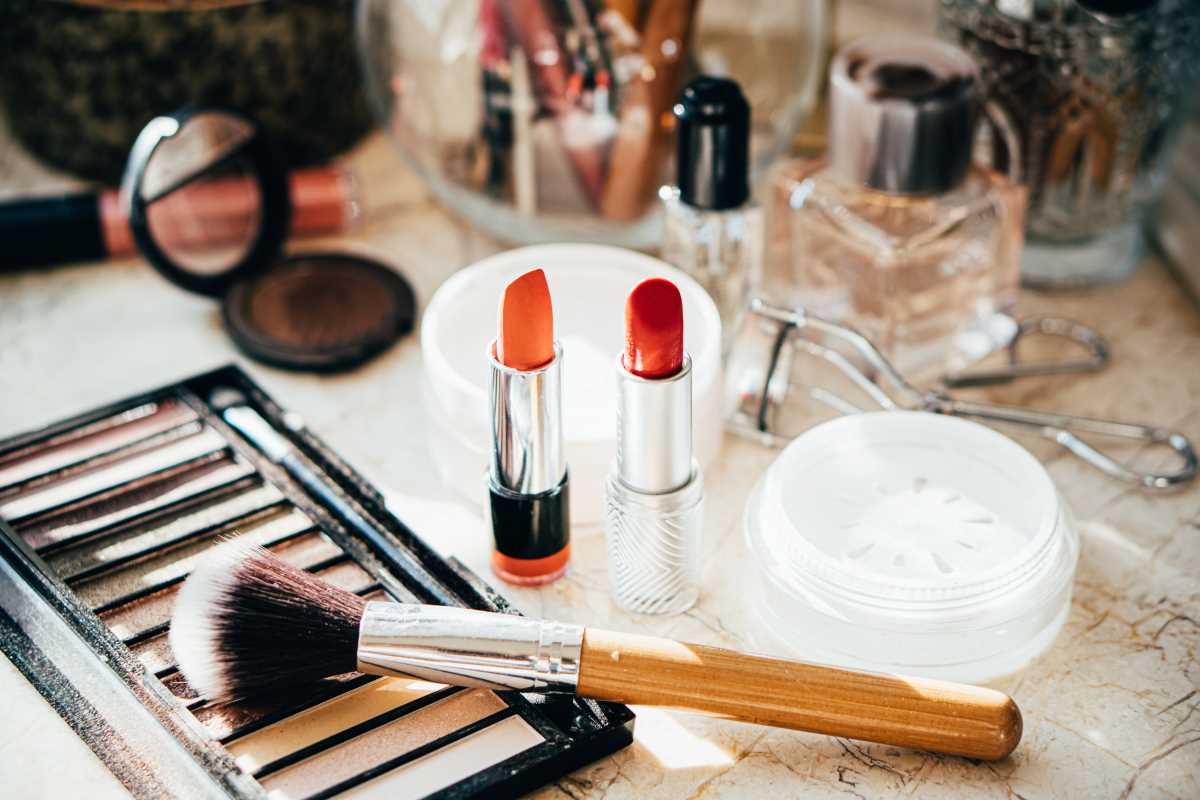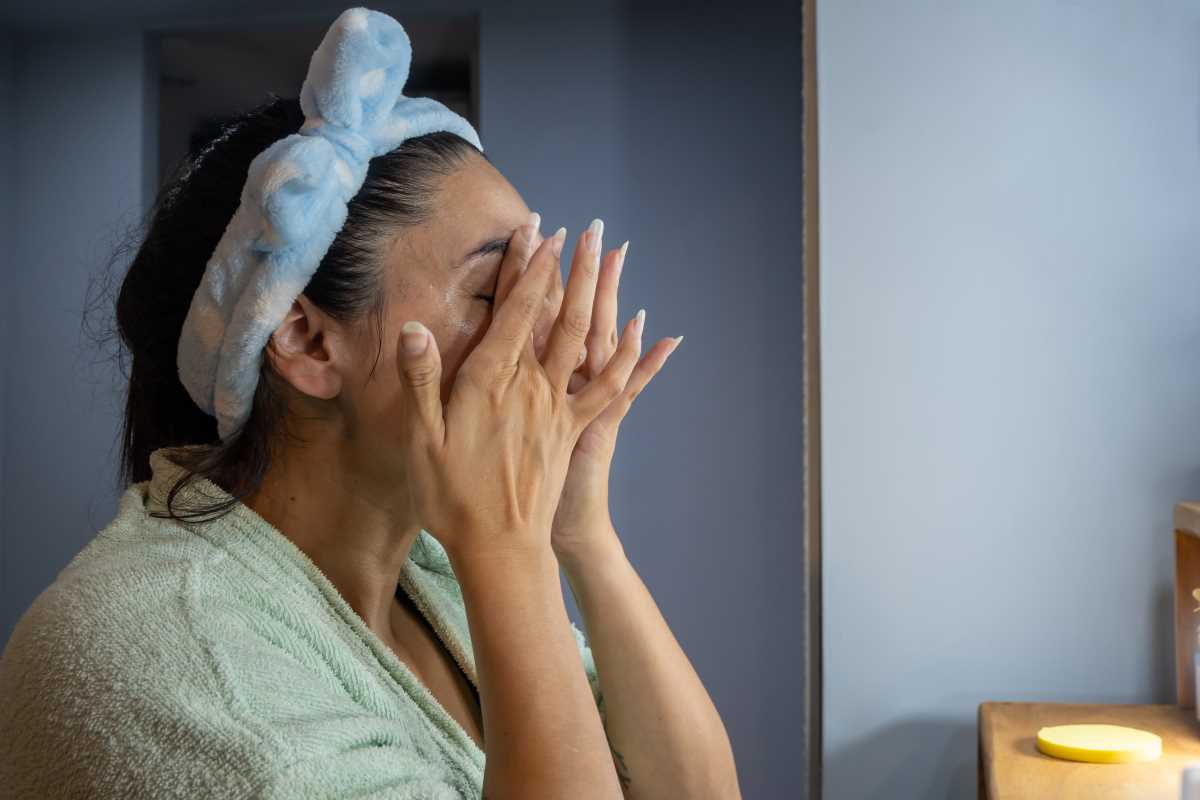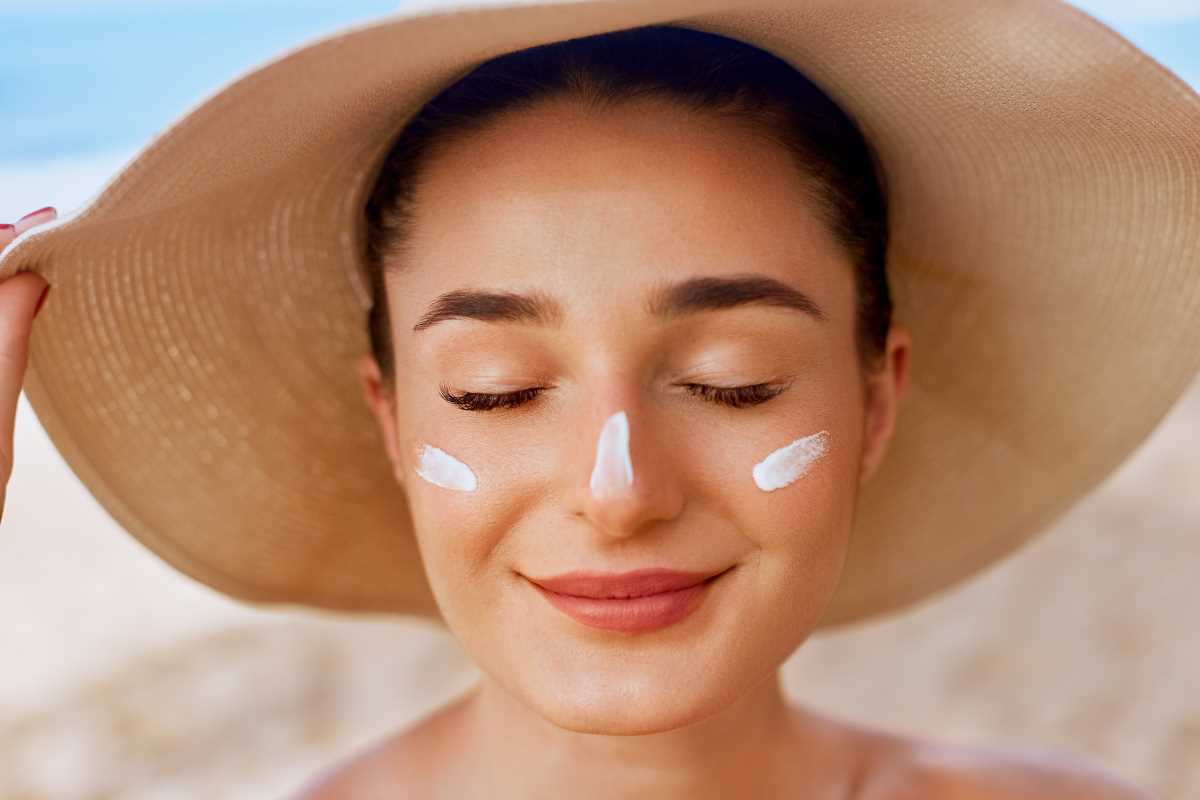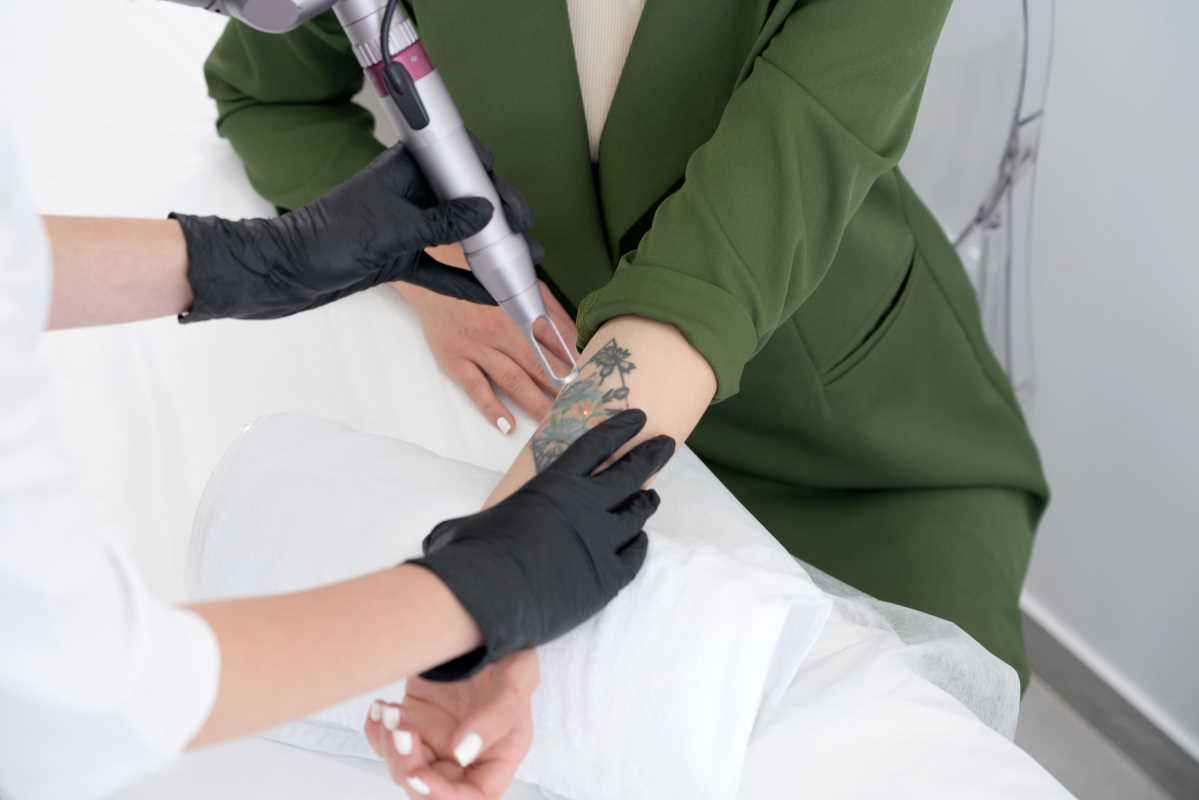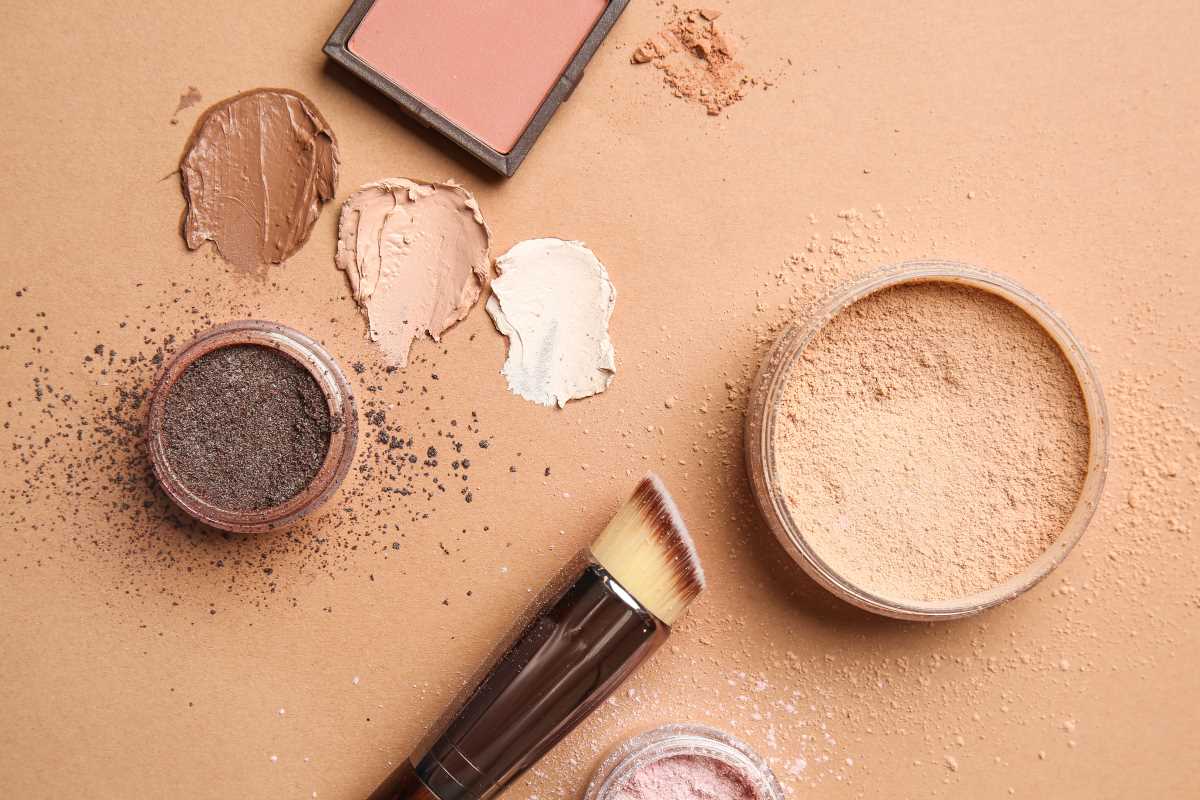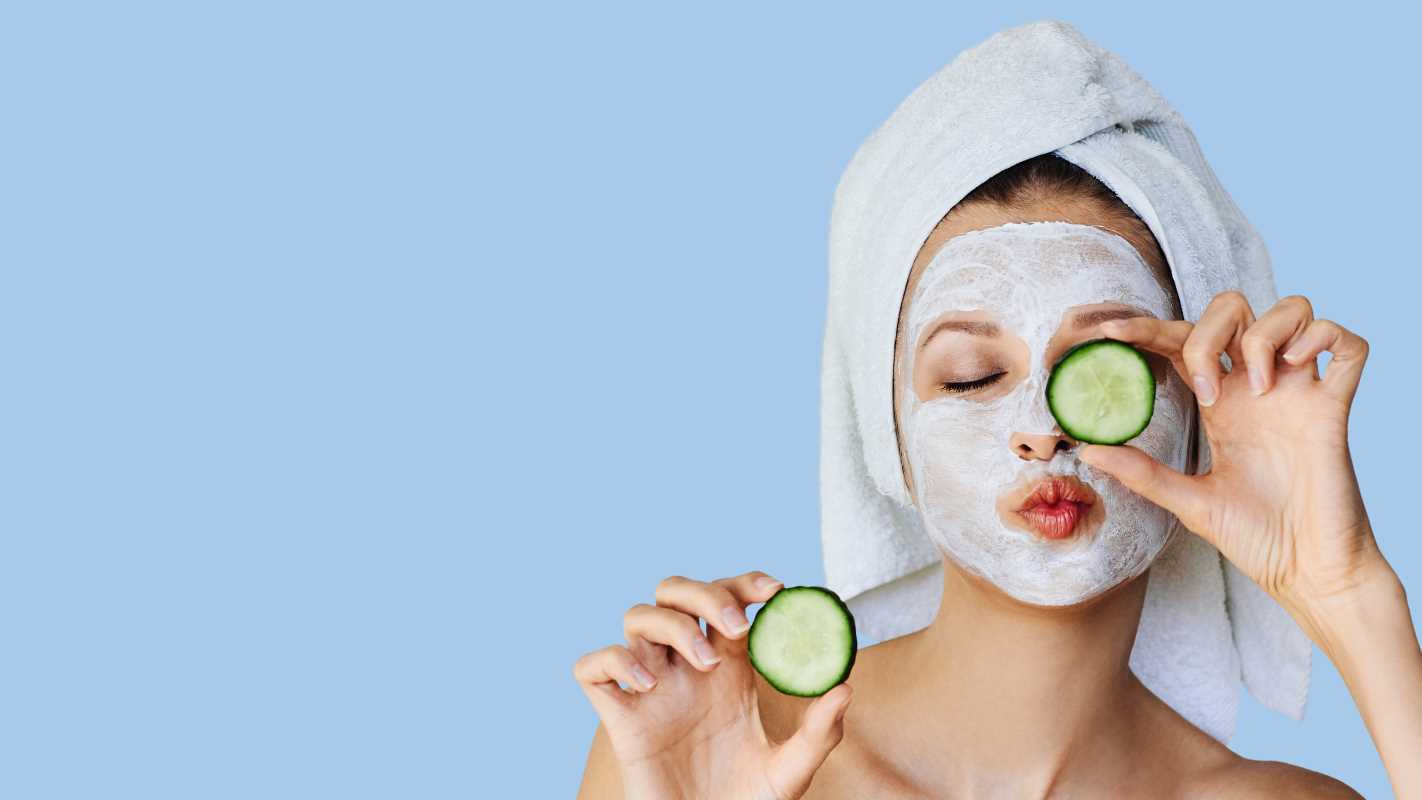Removing makeup at the end of the day is an essential part of any skincare routine. However, many people often overlook the importance of doing it properly. Failing to remove makeup correctly can lead to clogged pores, breakouts, and irritation. In this comprehensive guide, we will explore the best practices for removing makeup effectively and safely, ensuring your skin remains healthy and radiant.
Understanding the Importance of Makeup Removal
The first step in understanding how to remove makeup properly is recognizing why it's important. Throughout the day, our skin accumulates dirt, oil, and impurities, which can mix with makeup and create an environment conducive to skin issues. Makeup, if left on overnight, can lead to problems such as acne, dullness, and premature aging. By establishing a proper makeup removal routine, you can maintain clear skin and support your overall skincare goals.
Choose the Right Products
One of the key elements of an effective makeup removal routine is selecting the right products. There are various types of makeup removers available, each designed to cater to specific needs and skin types. Here are some popular options.
- Cleansing Oils: These are excellent for breaking down stubborn makeup, including waterproof formulations. Cleansing oils contain nourishing ingredients that can hydrate the skin while removing makeup.
- Micellar Water: This gentle option consists of tiny micelles that attract dirt and makeup without the need for harsh scrubbing. It's perfect for sensitive skin and can be used as a quick solution.
- Cleansing Balms: Similar to oils, cleansing balms provide a rich, emollient texture that effectively dissolves makeup. They are often infused with beneficial ingredients that nourish the skin.
- Makeup Wipes: While convenient, makeup wipes may not be the most effective option for thorough cleansing. They can sometimes leave residue on the skin, so it's best to follow up with a proper cleanser.
Choosing the right product depends on your skin type, makeup preferences, and any specific concerns you may have, such as sensitivity or dryness. Always opt for products free from harsh chemicals, fragrances, and irritants to ensure a gentle approach.
The Step-by-Step Removal Process
Now that you've chosen the right products, it's time to focus on the removal process itself. Following a systematic approach can help you avoid damage and ensure that your skin is left clean and refreshed.
- Begin with Dry Skin: Start with dry skin for the most effective makeup removal. If you're using a cleansing oil or balm, dispense an adequate amount onto your fingers and apply it directly to your face. Gently massage the product in circular motions, paying special attention to areas with heavier makeup, such as the eyes and lips. Allow the product to break down the makeup without harsh rubbing.
- Use a Soft Cloth or Cotton Pad: After massaging the product, take a soft, damp washcloth or a cotton pad to wipe away the dissolved makeup gently. If you're using micellar water, soak a cotton pad with the solution and gently swipe it across your face. For stubborn areas, like the eyes, let the cotton pad sit for a few seconds to dissolve the makeup before wiping it away.
- Double Cleanse: For those who wear heavy makeup or have oily skin, a double cleansing method can be beneficial. After removing your makeup, follow up with a gentle cleanser suited for your skin type. Apply the cleanser to damp skin and massage it in, then rinse thoroughly with lukewarm water. This second cleanse ensures that any residual makeup, dirt, or oil is effectively removed.
- Pat Dry and Moisturize: Once your skin is clean, gently pat it dry with a clean towel. Avoid rubbing, as this can cause irritation. Immediately follow up with a moisturizer to lock in hydration and support your skin barrier. Look for a moisturizer that suits your skin type and addresses any specific concerns you may have.
Tips for Eye Makeup Removal
The skin around the eyes is delicate and requires special attention during makeup removal. Consider the following tips when removing eye makeup.
- Use a Separate Eye Makeup Remover: Opt for a dedicated eye makeup remover that is gentle and effective. Look for products formulated with soothing ingredients like chamomile or cucumber.
- Soak Cotton Pads: If you're using a liquid remover, soak a cotton pad and place it on your closed eye for a few seconds to allow the product to break down the makeup before wiping it away.
- Be Gentle: When wiping away eye makeup, use a light touch. Avoid pulling or tugging at the skin, as this can lead to irritation and sagging over time.
- Remove Waterproof Makeup Last: If you're wearing waterproof mascara or eyeliner, remove those products last. This will prevent them from smudging and making the rest of your makeup removal process more difficult.
Addressing Specific Skin Concerns
Different skin types and concerns may require adjustments to your makeup removal routine.
- Sensitive Skin: Choose fragrance-free, hypoallergenic products to minimize irritation. Consider using micellar water or a gentle cleansing oil that won’t disturb your skin’s natural barrier.
- Oily or Acne-Prone Skin: Look for non-comedogenic products that won’t clog pores. Consider using foaming cleansers or gel-based cleansers to help remove excess oil and impurities.
- Dry Skin: Opt for creamy or oil-based cleansers that provide hydration while removing makeup. Avoid harsh exfoliants or alcohol-based products that can strip the skin of moisture.
- Combination Skin: Use a balanced approach by selecting gentle products for all areas of your face. You may need to use different products for different zones (e.g., oil-free for the T-zone and hydrating for dry areas).
The Importance of Consistency
Consistency is key when it comes to makeup removal. Make it a nightly ritual to cleanse your skin, regardless of how tired you may feel. Establishing a routine not only ensures that your skin remains healthy but also sets the tone for the rest of your skincare regimen. When you consistently remove makeup and cleanse your skin, you pave the way for better absorption of skincare products, such as serums and moisturizers.
Avoiding Common Mistakes
To ensure you’re properly removing makeup without damaging your skin, be aware of these common mistakes:
- Skipping Makeup Removal: Never skip the makeup removal step, even if you’re exhausted. Sleeping in makeup can lead to breakouts and other skin issues.
- Using Harsh Scrubs: Avoid using abrasive scrubs or rough washcloths that can irritate the skin. Instead, rely on gentle products that effectively dissolve makeup.
- Neglecting Your Neck and Ears: Remember to extend your makeup removal routine to include your neck and ears, as makeup can accumulate in these areas as well.
- Not Washing Your Hands: Always start with clean hands to avoid transferring bacteria to your face.
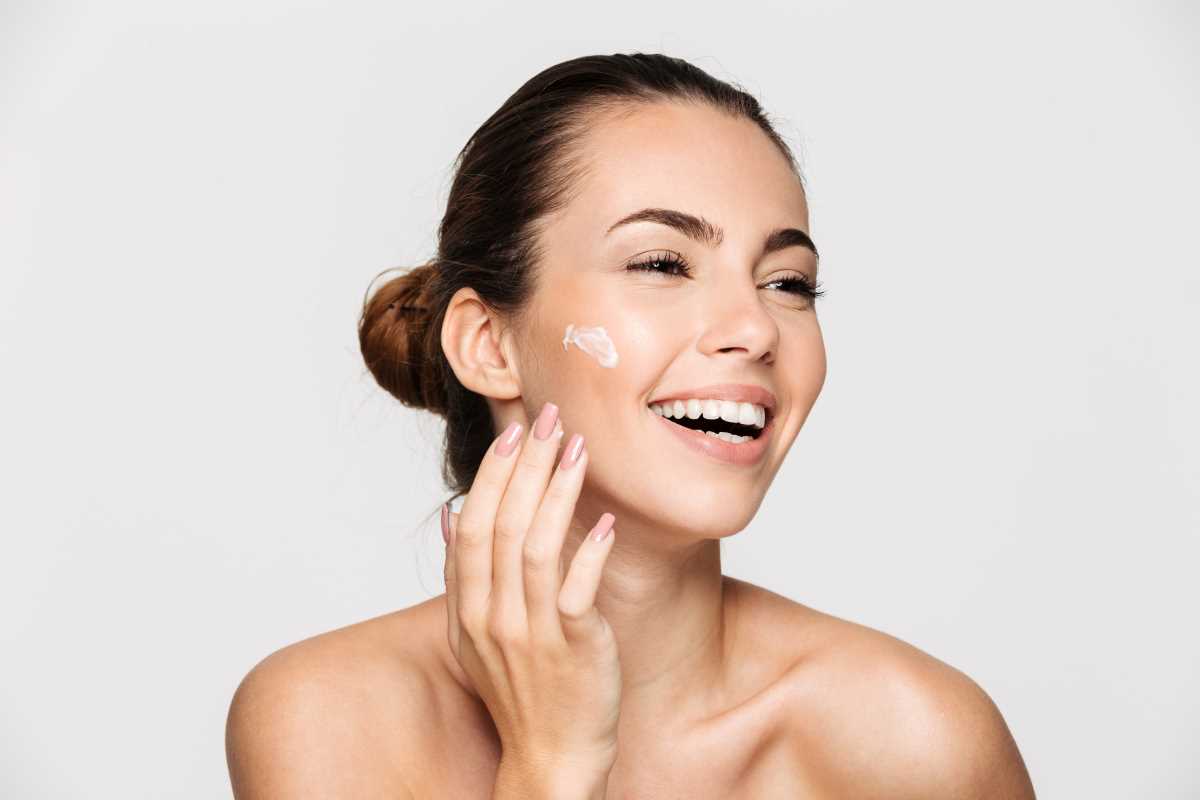 (Image via
(Image via